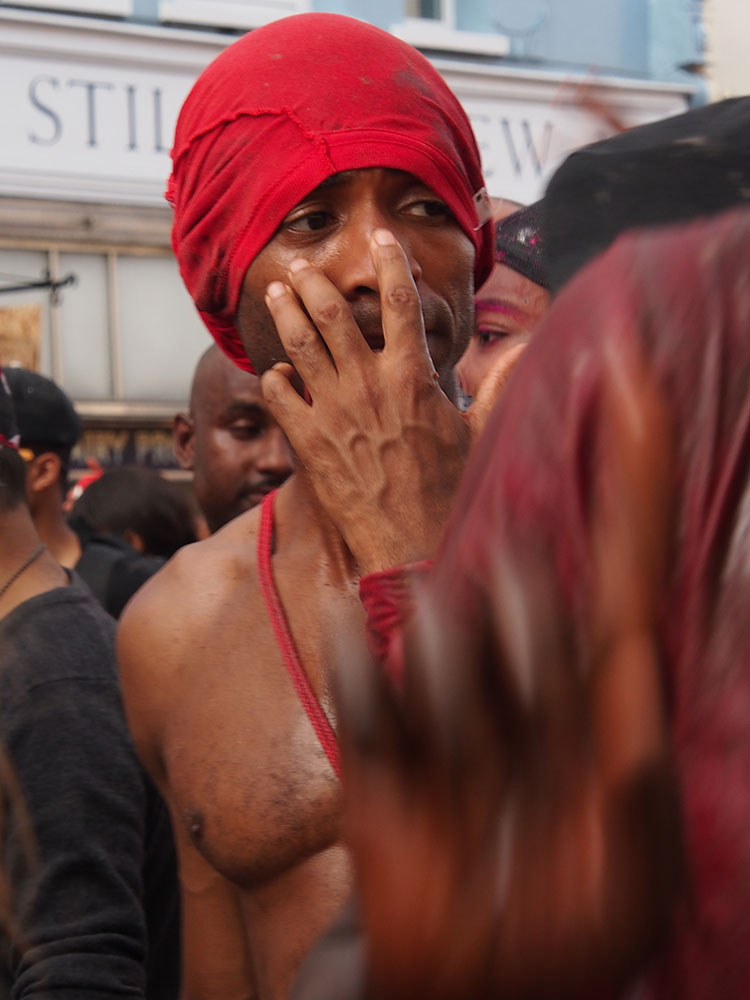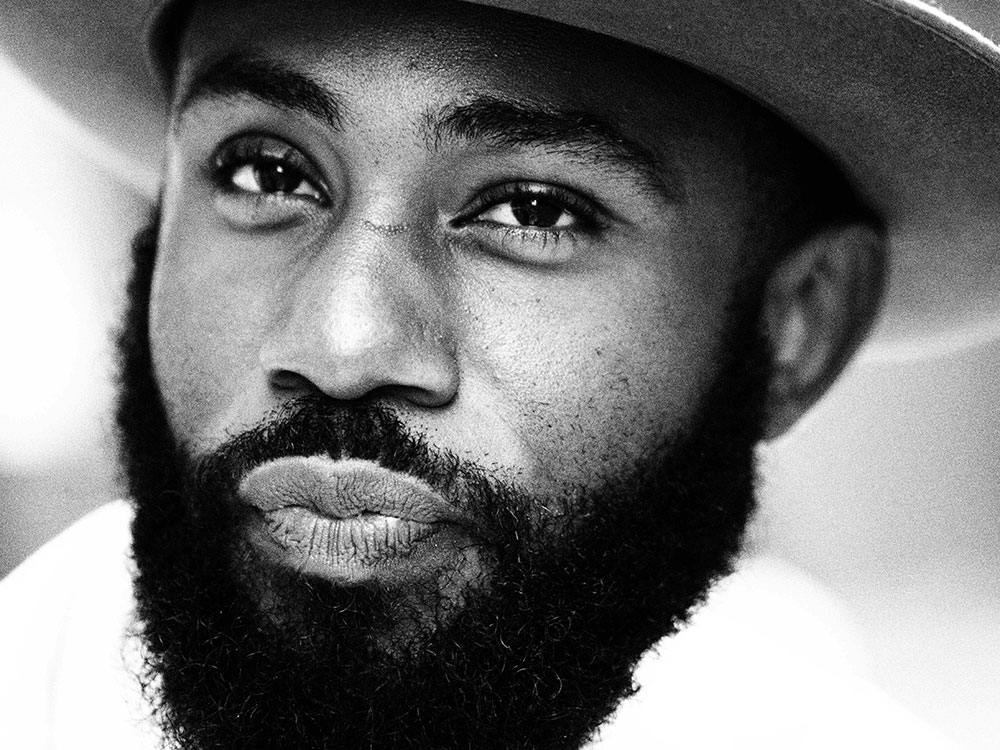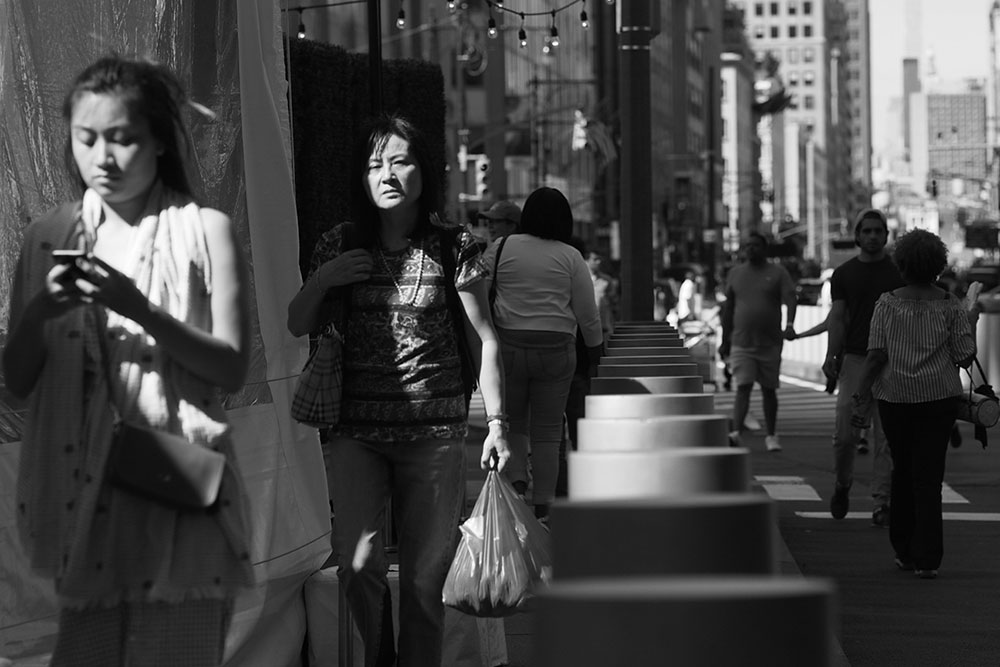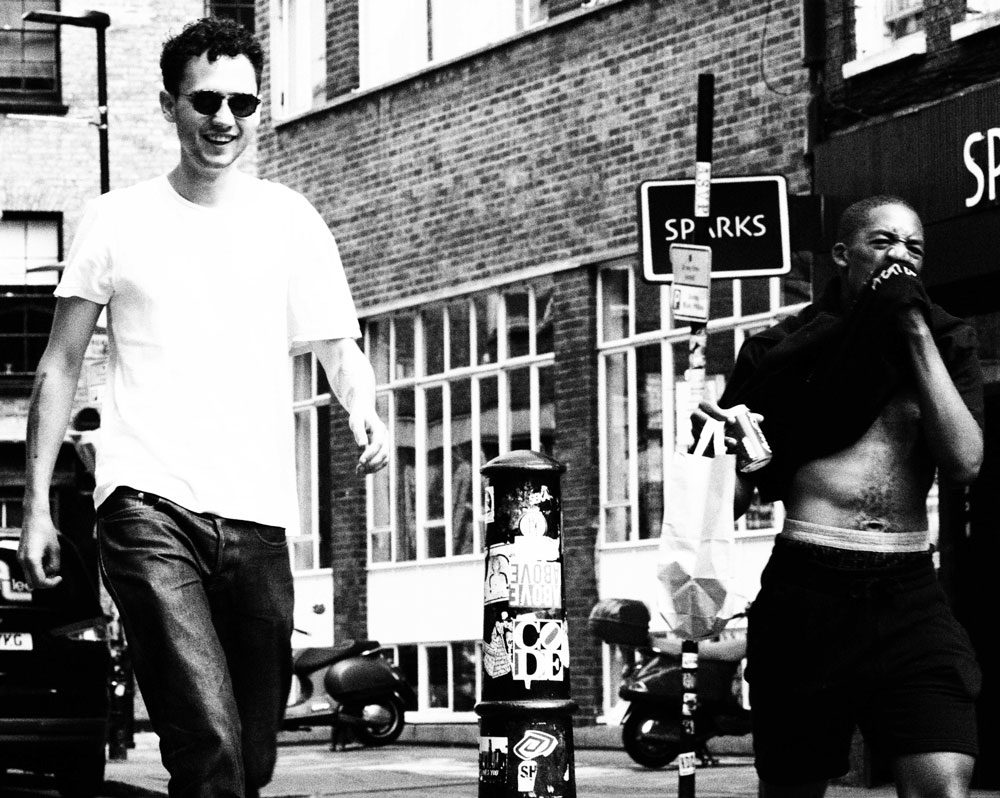Art is an expression of emotions. Emotions are human feelings. Capturing these feelings through the camera is the aim of my work.
Born: Italy
Live: London, United Kingdom
@pdg.photo | website
INTERVIEW
Your photos often have a laconic black-and-white, and this allows you to remove the excess and convey the very essence of things. Tell our readers what your work is about and what led you to this style of transmission?
When I first started my photography journey, I wasn’t quite sure what my style was or what kind of pictures I truly enjoyed taking. Then one day, while exploring the Notting Hill Carnival in London, I felt a spark of inspiration for street photography. The energy of the city and the diversity of the people around me ignited my passion, and I knew that this was the type of photography that spoke to me. From that moment on, my love for street photography has only grown stronger.
I consider myself a candid photographer, and my objective is to capture the authentic essence of a moment, revealing life as it truly is. When I take a photo, I focus on the person’s face to capture their emotions. My pictures are spontaneous and genuine. For me, authenticity is more important than perfection.
I only use colour in my photography when it is necessary to create a stronger impact. Generally, I believe that the intensity of a moment or emotion can be effectively conveyed without the distraction of colour tones.

Tell us about where you draw inspiration from? Since you cut off the post-processing and leave the moment as it is, it’s interesting to learn about how you choose a shoot and feel the right moment.
When I’m out on the street, I find inspiration in a variety of places. However, I am particularly drawn to situations where groups of people gather, such as markets, train stations, and parties. In these settings, there is always a story to tell and an opportunity to capture genuine moments. I find that a crowded location makes it easier for me to blend in and go unnoticed as I walk around with my camera. The hustle and bustle of the crowd acts as a kind of “camouflage,” allowing me to capture people in their natural state, rather than posing for the camera. For me, the search for the perfect moment is an emotional experience. When I press the button and feel that I have captured the essence of a moment, I know that I have gotten the right shot.
I don’t rely on post-processing to enhance my photos because I believe that if I have to manipulate the image, it wasn’t perfect to begin with. As for choosing which photos to keep, I don’t have many to choose from. I trust my instincts and emotions to guide me towards the shots that truly capture the essence of the moment.

Paola, what inspired you to create the “Interview to myself” project? Was it an attempt to know yourself as a photographer by answering?
It definitely helped me understand where I was in my journey. I wasn’t feeling particularly inspired when the idea came to me. Every time I went out to take photos, I wasn’t really feeling it. So, I decided to take a break from photography and ask myself some questions. I reflected on what photography means to me, how I feel when I take photos, and why I do it. That’s when the idea to document my journey as a photographer through a photographic interview with myself came to mind.
What evolution have you gone through as a street photographer from the moment you started to the present day? What kind of photographer do you think you have become?
My experience as a street photographer has been on a gradual rise. It started as a simple hobby, developed into a passion, and has now become my full-time dedication. Initially, I struggled with finding inspiration and lacked confidence in my work. However, I have grown and improved through research and constructive criticism, which has helped me understand my style better.
Despite the constant technical evolution of my work, my purpose has remained unchanged. My deep passion for capturing authentic moments in life has led me to pursue more structured projects and aspire to create inspiring documentary photography. Recently, my father gifted me his old Rolleiflex camera, which has now become my primary tool for shooting. I plan to shoot only in analogue and develop and print my own photos in my darkroom. For me, developing my own photos completes the journey and transforms each shot into a unique piece of art.

Which of the exhibitions you took part in do you remember the most? And how did the public react to your work?
Participating in the Chania International Photo Festival left a lasting impression on me. The festival inspired me to capture the world through my photography and share my emotions with others. Seeing people connect with my work motivates me to continue pursuing my passion. It was inspiring to observe the reactions of the public to my photos and it was very fulfilling as a photographer.

What advice would you give to beginner photographers who are afraid of the opinions of passers-by, and this constrains them from taking photos on the street?
Being a street photographer can be challenging, especially in the beginning. It often requires confidence to get up close to people, and not everyone is happy about it. I’ve found myself in difficult situations a few times, which can discourage you from taking certain types of photos.
The reality is that some people may not appreciate or criticize your photos, or even try to obstruct your work. However, my advice is to listen to any constructive criticism and use it to improve your skills.
It’s important to listen to everyone’s opinions but don’t let anyone discourage your work. Also, try to face challenging situations, this can actually help boost your confidence but always remember to respect others while taking photos on the street.